Heating greenhouses in winter: 5 most common options
In this article we will look at how the greenhouse is heated in the winter. There are several ways to ensure yield in the cold season, and each of them has its own positive and negative sides. But let's talk about everything in more detail.

Types of heating
The ability to control the microclimate of an all-season greenhouse will not only allow you to enjoy greens, vegetables and even fruit at any time of the year, but also increase its productivity. The main thing is to choose the method of heating, which will be most rational for your volumes.
Option number 1: Biological
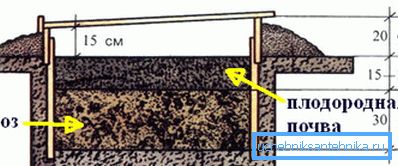
It is carried out by fertilizing the soil located in the greenhouse.
As a result of the organic decomposition process, the following is accomplished:
- Heat is generated, sufficient for vegetative development of seedlings.
- The air is filled with carbon dioxide, vital for plants.
- Evaporation occurs, due to which you can reduce the number of waterings.
This method is the easiest to do it yourself, because it does not require the installation of special equipment, but is not able to provide enough heat to fully heat the winter building. Therefore, it is usually used in combination with other options, and not independently.
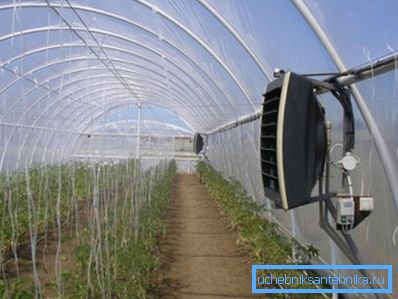
Option number 2: electric
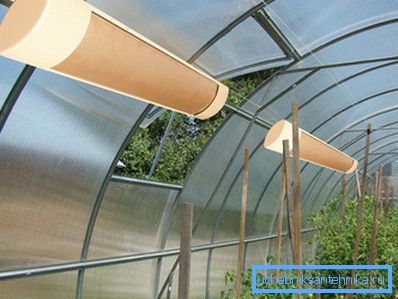
Heating of greenhouses in winter with electricity is most prevalent and efficient. In turn, depending on the instruments used, it can be divided into several subspecies:
| Equipment name | Description | Special features |
| Convectors | Devices equipped with heating coils |
|
| Heaters | Mobile Heat Fans |
|
| Heating cable | The heating wire is laid in the ground along the beds and connected to the transformer |
|
| Water system | Special equipment that is installed exclusively by experts |
|
| Infrared lamps | Devices emitting infrared light |
|
| Heat pump | A device that converts natural energy into heat |
|
Tip: It is recommended to use heaters with built-in thermostat. This will greatly simplify the creation of an optimal microclimate within the building.
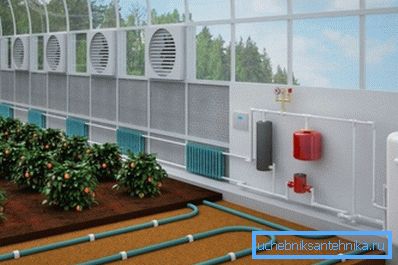
Option number 3: air
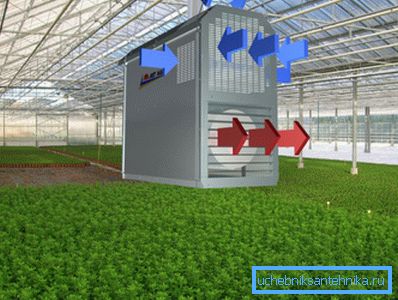
This type of heating is best suited for industrial greenhouses and is installed by professionals during its assembly. There are two main components:
| Element of the air heating system | Purpose |
| Heating and ventilation unit | It is mounted on the foundation of a greenhouse or its own support, it supplies heated air to the upper and middle area of the building, which allows you to avoid getting burned by young seedlings |
| Perforated polyethylene sleeve | Placed around the perimeter of the building, after which heat flows through it, which heats the soil evenly |
Option number 4: gas
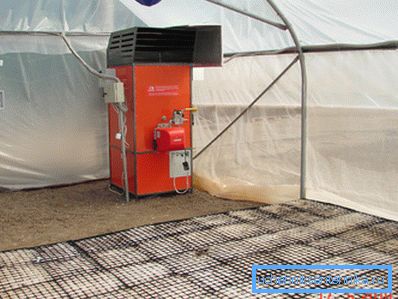
It is realized with the help of gas heaters by burning gas directly in the greenhouse itself. The burners themselves can be used in both infrared and injection types.
The air, mixing in the gas heaters with the external flow, is fed directly to the places intended for heating.
You can use one of two options:
- To install a complex of gas units over the entire area of the greenhouse.
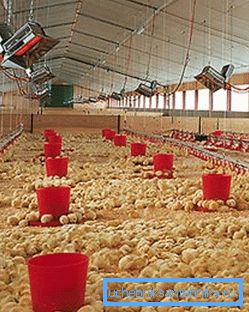
- Place inside the building a special hose that supplies warm air, similar to how it is done in the case of air heating.
In the process of burners, a large amount of carbon dioxide and steam is emitted into the air, which favorably influences the development of plants. But oversaturation can lead to excessive oxygen deficiency, and this is already dangerous for mature crops.
Tip: in combination with gas heating should install an effective ventilation system. So you eliminate the burning of oxygen.
Small winter greenhouses may be limited to the use of gas cylinders. If you have a large industrial structure, then take care of the connection to the common gas pipeline.
Option number 5: oven
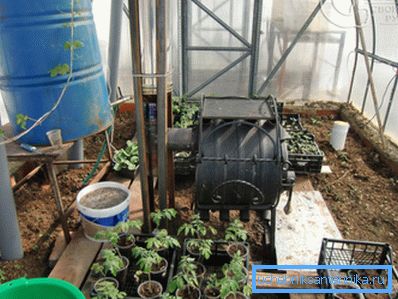
To heat the winter greenhouse with your own hands, it is enough to install a furnace in it.
This will allow you to use different energy sources to increase the temperature in the building, which is an undoubted advantage, but this system has significant drawbacks:
- Low efficiency. A lot of energy will be spent on heating the walls of the apparatus itself. In addition, the outgoing heat will immediately rush up, and only after heating the entire greenhouse, it will be possible to warm the seedlings located below.
- The need for constant monitoring.
General recommendations
How to heat the greenhouse in the winter correctly?
Let's take a few tips on this:
- First of all, if you decide to use the greenhouse in the winter time, then take care of its sufficient thermal insulation.. For example, the film walls have a very high thermal conductivity and will require enormous costs for heating the building. But polycarbonate is much better than holding back heat and will allow you to save a lot on energy.
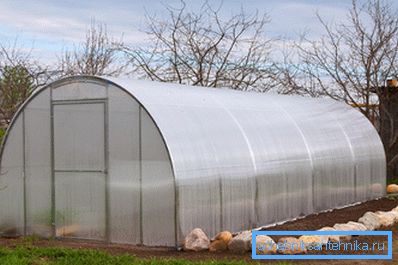
- When choosing a heating system, it should be borne in mind that in the end both the air and the ground should be heated. In some cases, depending on the design features of your greenhouse, it is most efficient to use complex heating, combining different options.
- Pre-arrange the installation of heating elements. This will increase the efficiency of the entire system. (See also the article Greenhouse Ventilation: Features.)
Conclusion
Winter greenhouse allows you to enjoy vegetables and fruits from your own site all year round. For its effective heating, various methods are used, which we considered above.

The provided video contains additional materials. Do not limit yourself only in summer for growing plants.